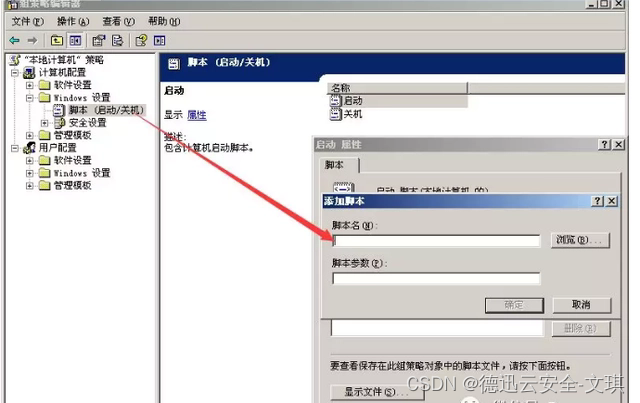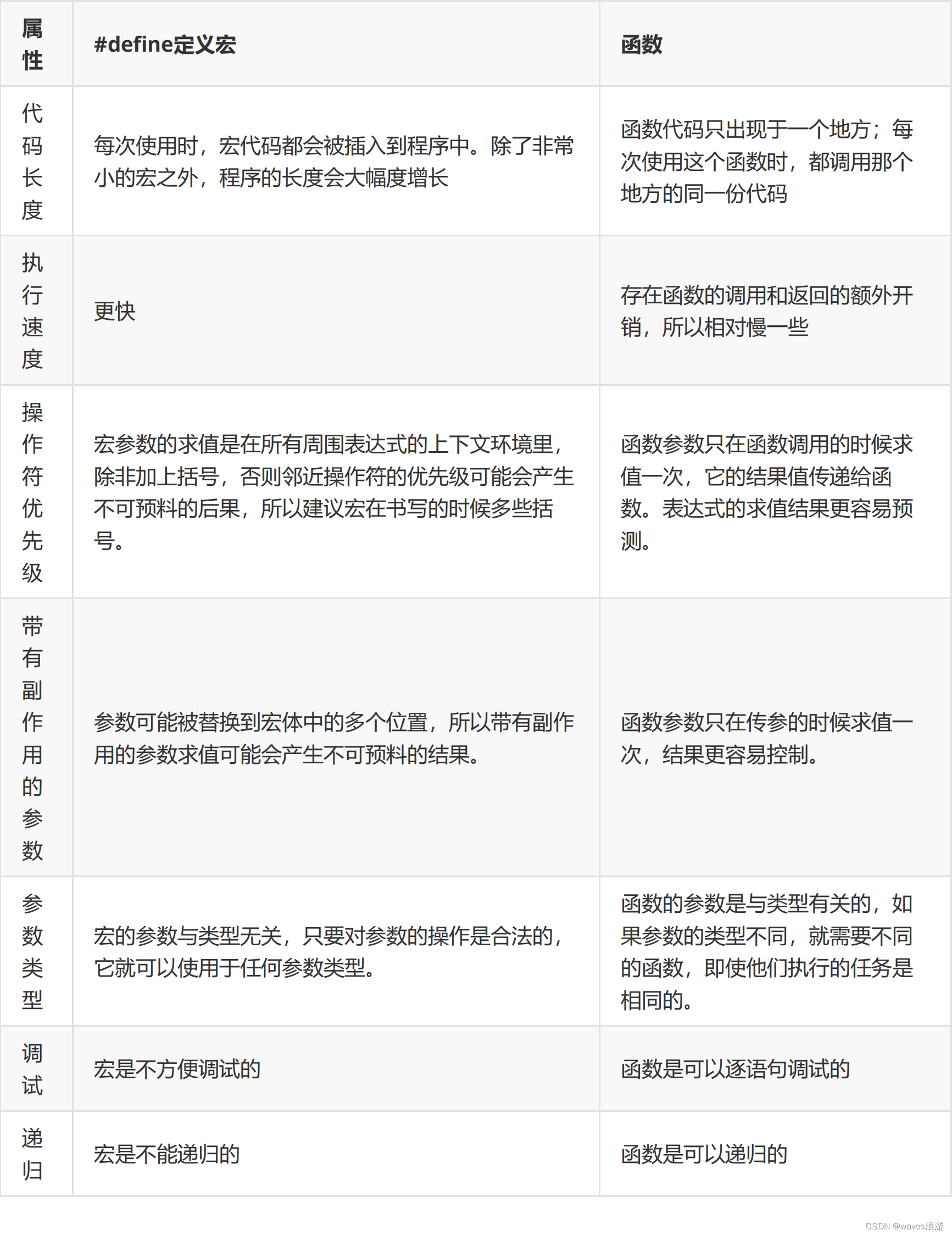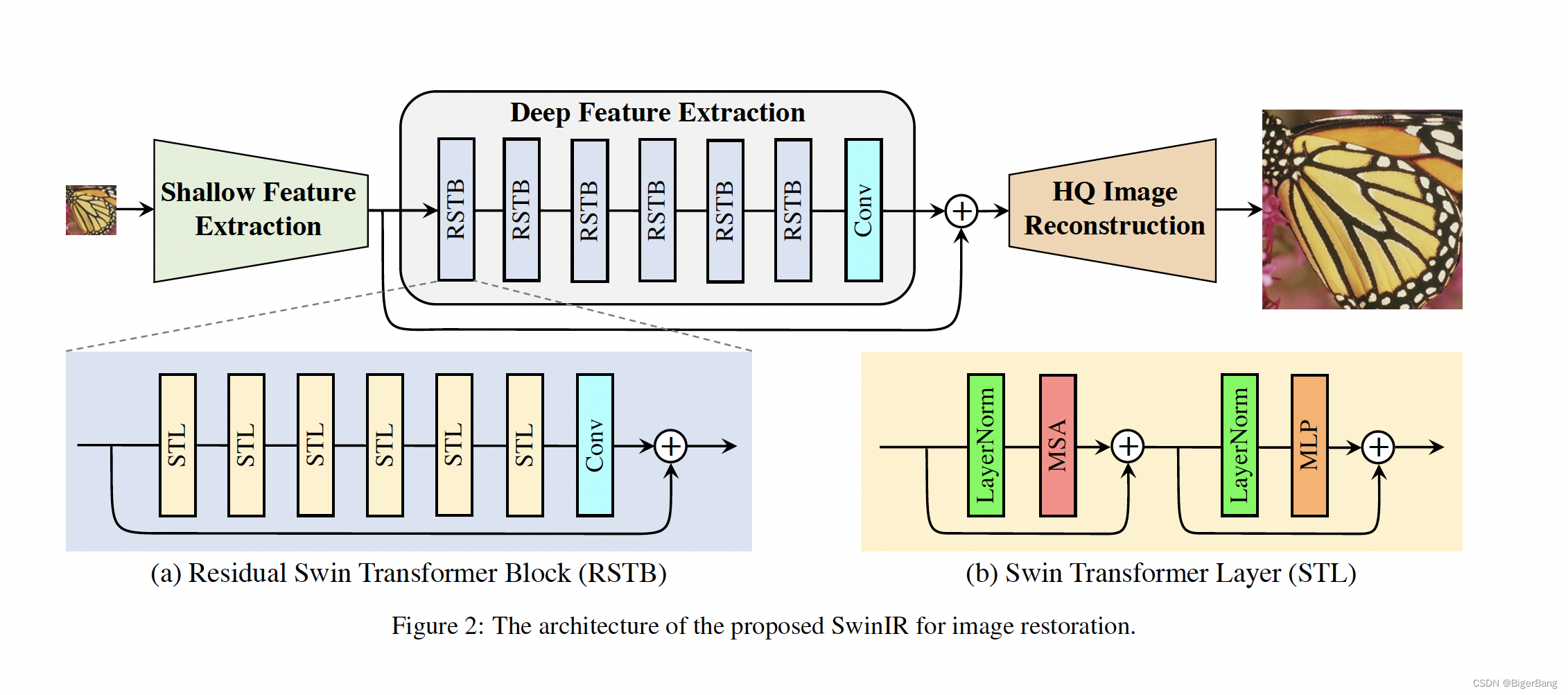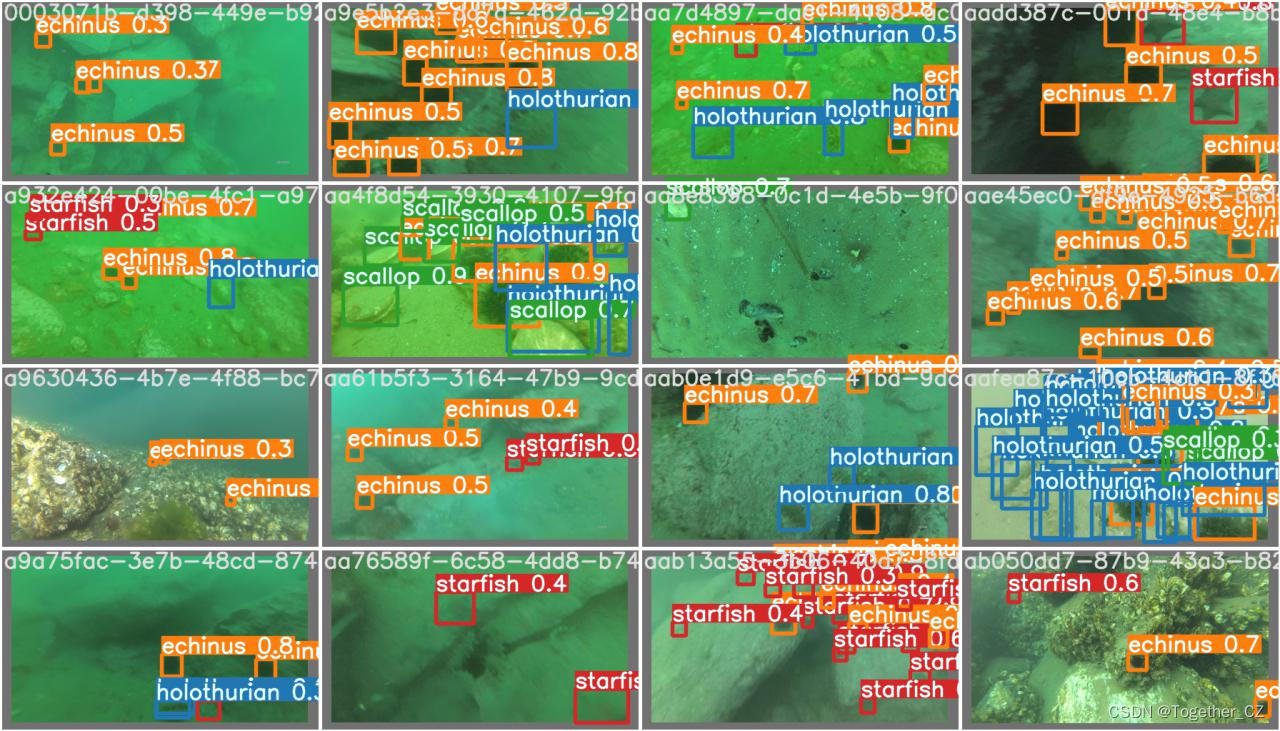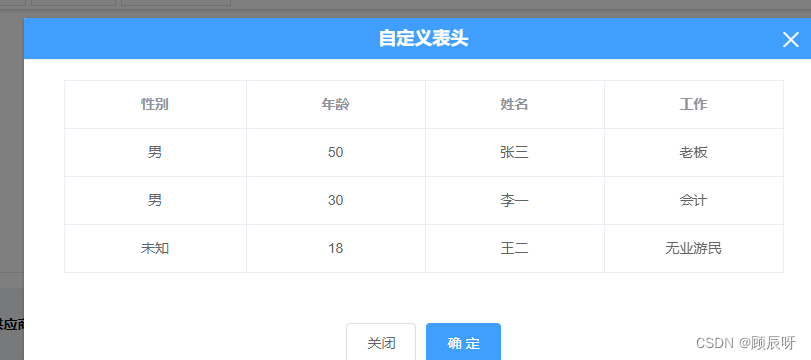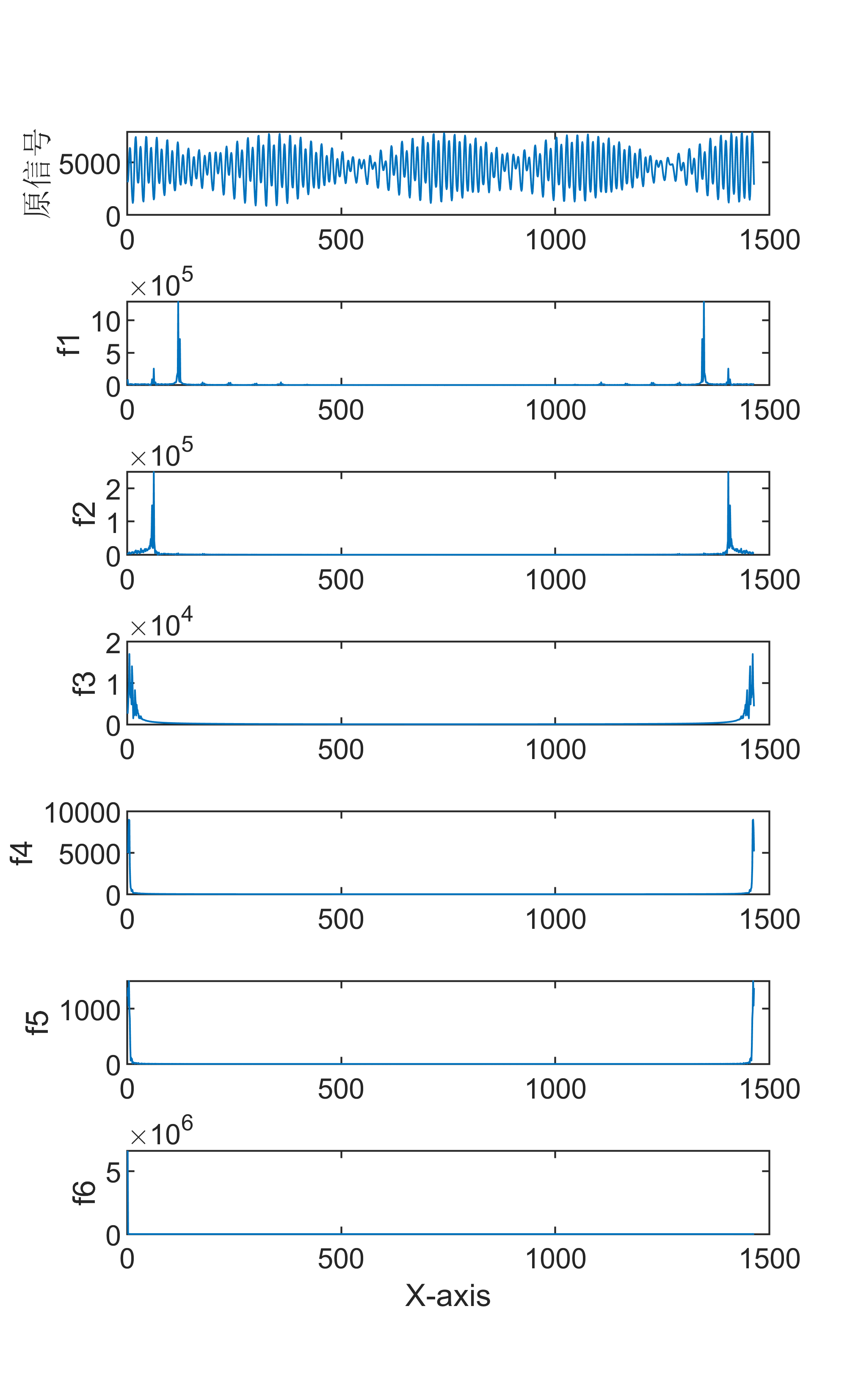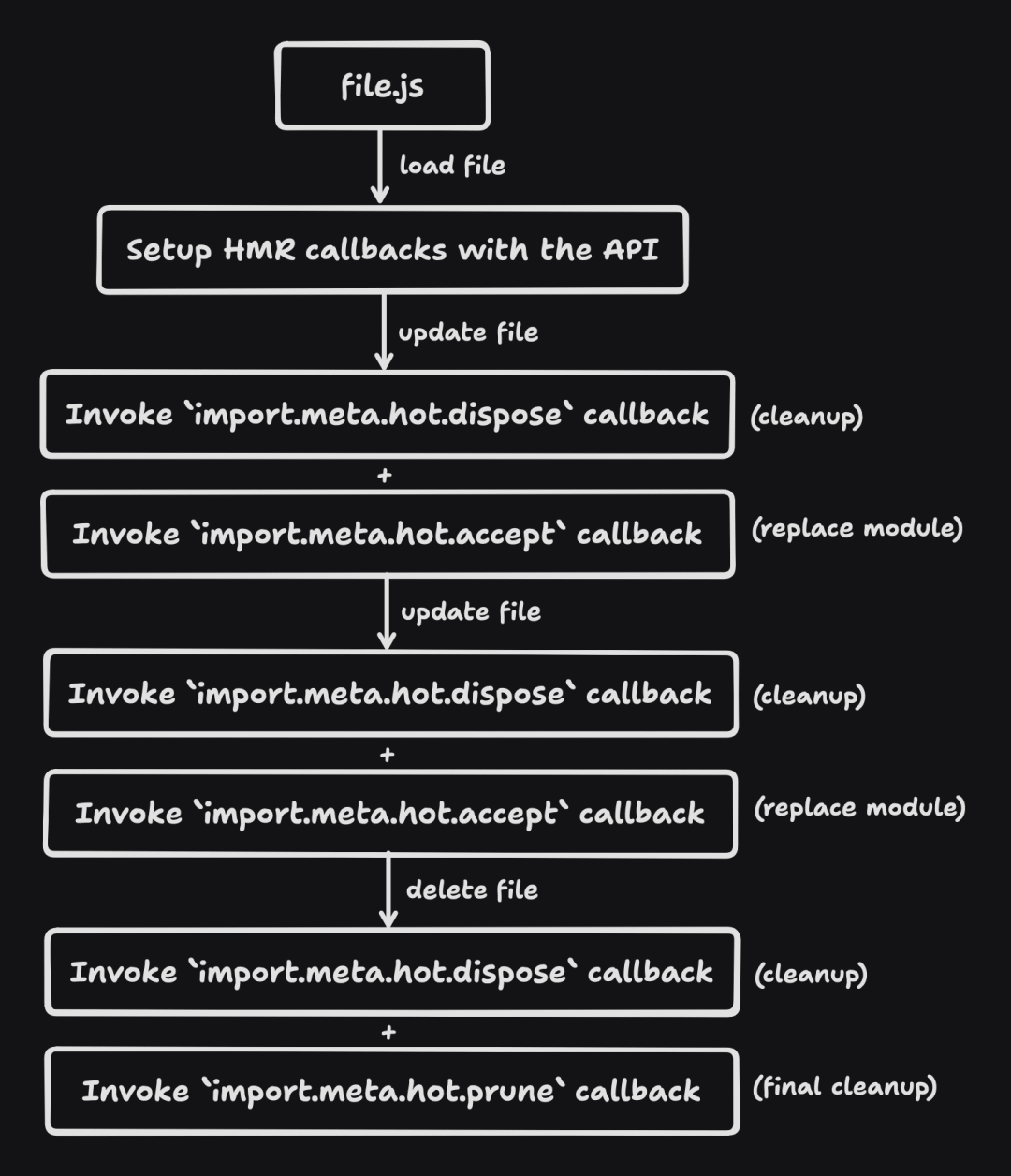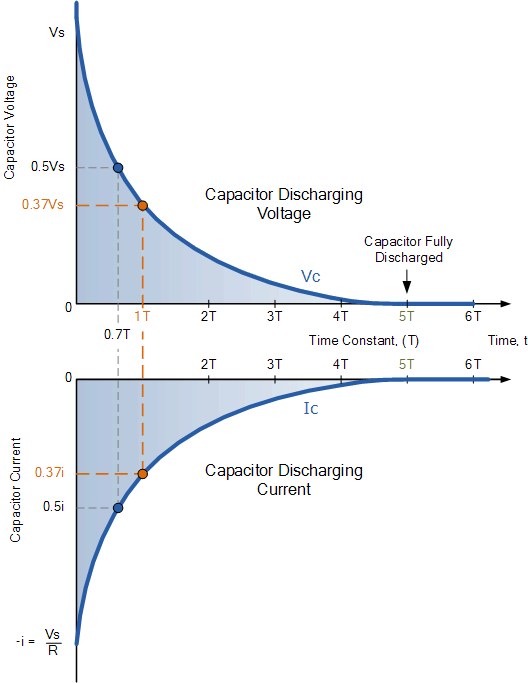1 axios的实例与请求流程
在阅读源码之前,先大概了解一下axios实例的属性和请求整体流程,带着这些概念,阅读源码可以轻松不少!
下图是axios实例属性的简图。

可以看到axios的实例上,其实主要就这三个东西:
- config:配置,比如url、method、params、headers等等
- interceptors :拦截器,分为请求拦截器和返回拦截器。
- request:调用xhr或者http请求的方法,参数就是config
由于调用request方法的时候可以再次传入config,但是不能传入interceptors,所以拦截器一定是要在请求之前就在axios上添加好,不能临时加。
下图是axios的请求流程,其实相当简单,先了解这个流程,看源码的时候就会有方向。
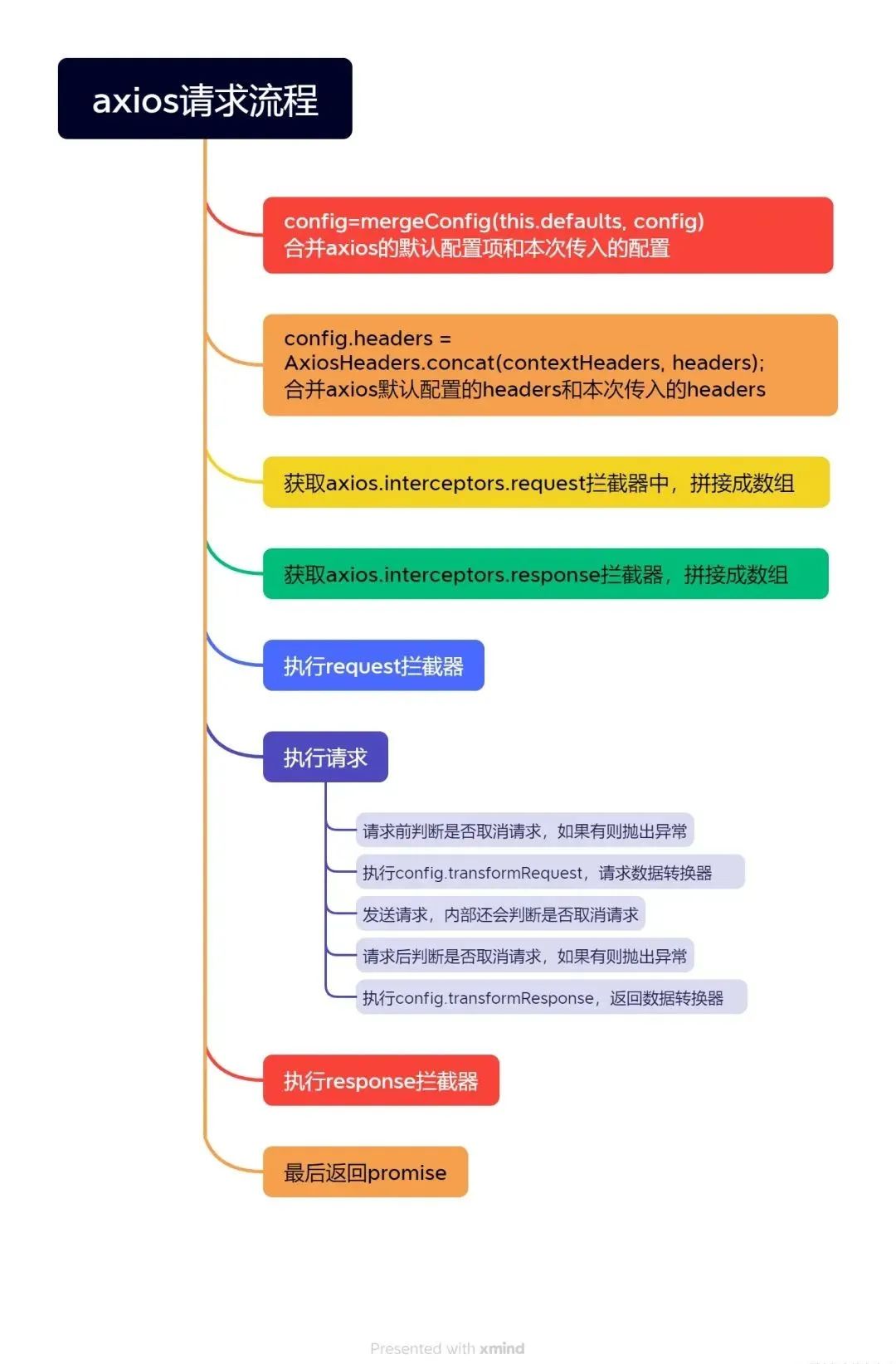
2 源码文件结构解析
axios的源码都在lib文件夹下,最核心的内容在core文件夹里。
lib│ axios.js // 最终导出的文件│ utils.js // 工具类├─adapters // 适配器相关│ adapters.js //适配器类│ http.js // node请求│ xhr.js // 浏览器请求├─cancel // 取消功能相关│ CanceledError.js //取消异常类│ CancelToken.js //取消token类│ isCancel.js //判断是否取消├─core // 核心功能相关│ Axios.js // axios类│ AxiosError.js // axios异常类│ AxiosHeaders.js // 请求头│ buildFullPath.js // 构造请求地址│ dispatchRequest.js // 发送请求方法│ InterceptorManager.js // 拦截器的类│ mergeConfig.js // 合并配置方法│ settle.js // 处理请求结果方法│ transformData.js // 数据转换执行方法├─defaults // 默认配置│ index.js // 默认请求参数配置│ transitional.js // 默认transitional配置├─env // node环境没有FormData,│ │ data.js│ └─classes│ FormData.js├─helpers // 各种工具类方法,看名字就可以大概猜到作用│ AxiosTransformStream.js│ AxiosURLSearchParams.js│ bind.js│ buildURL.js│ callbackify.js│ combineURLs.js│ cookies.js│ deprecatedMethod.js│ formDataToJSON.js│ formDataToStream.js│ fromDataURI.js│ HttpStatusCode.js│ isAbsoluteURL.js│ isAxiosError.js│ isURLSameOrigin.js│ null.js│ parseHeaders.js│ parseProtocol.js│ readBlob.js│ README.md│ speedometer.js│ spread.js│ throttle.js│ toFormData.js│ toURLEncodedForm.js│ validator.js│ ZlibHeaderTransformStream.js└─platform // 为不同环境下准备的方法│ index.js├─browser│ │ index.js│ └─classes│ Blob.js│ FormData.js│ URLSearchParams.js└─node│ index.js└─classesFormData.jsURLSearchParams.js
3 源码文件阅读
3.1 入口文件 axios.js
该文件创建了一个axios实例,并且导出,所以我们import axios from 'axios'引入的就是该实例,可以直接使用,不需要再new Axios({...})这样写。
下面看一下axios实例是如何创建的吧~
// 核心方法,根据config创建axios实例
function createInstance (defaultConfig) {
// 创建axios实例
const context = new Axios(defaultConfig);
// 给Axios原型上的request方法绑定context为它的this
// 这个instance就是我们最终使用的axios
// 没想到吧,最开始的instance其实是个函数,
// 所以我们才可以使用这个用法axios('/api/url')
// 只不过后面给它扩展了很多东西
const instance = bind(Axios.prototype.request, context);
// 将Axios.prototype上的属性都绑定到instance上,
// 这样它就拥有了简写的请求方法,比如axios.get(),axios.post()
// 如果是函数,this绑定为context
utils.extend(instance, Axios.prototype, context, { allOwnKeys: true });
// 将context上的属性都绑定到instance上,
// 这样它就拥有了拦截器属性,可以使用axios.interceptors.request.use()
// 因为context上的函数的this本就指向context,所以第三个参数不需要再指定
utils.extend(instance, context, null, { allOwnKeys: true });
// 给instance增加create方法,可以通过create创建一个实例
instance.create = function create (instanceConfig) {
// 入参为拼接配置项,以instanceConfig为优先
return createInstance(mergeConfig(defaultConfig, instanceConfig));
};
return instance;
}
// 调用上面的方法,最终导出的是axios,
// 其实是Axios.prototype.request,并扩展了很多属性
const axios = createInstance(defaults);
// 继续给axios增加属性
// 这就说明如果自己通过const myAxios=axios.create({});
// 创建出来的实例就没有下面这些属性了
// 所以下面这些属性只能通过import axios from 'axios';
// axios.all()这样的方式来使用
axios.Axios = Axios;
// Cancel相关
axios.CanceledError = CanceledError;
axios.CancelToken = CancelToken;
axios.isCancel = isCancel;
axios.VERSION = VERSION;
// 工具函数,将对象转为FormData
axios.toFormData = toFormData;
// Axios通用异常类
axios.AxiosError = AxiosError;
// Cancel异常类
axios.Cancel = axios.CanceledError;
// Expose all/spread
// 工具函数
axios.all = function all (promises) {
return Promise.all(promises);
};
// 工具函数,利用apply将数组参数改为单个传入的参数
axios.spread = spread;
// 判断异常是否是AxiosError
axios.isAxiosError = isAxiosError;
// 合并config对象方法
axios.mergeConfig = mergeConfig;
axios.AxiosHeaders = AxiosHeaders;
// 工具方法
axios.formToJSON = thing => formDataToJSON(utils.isHTMLForm(thing) ? new FormData(thing) : thing);
// 获取适配器:xhr 、http
axios.getAdapter = adapters.getAdapter;
// 请求状态
axios.HttpStatusCode = HttpStatusCode;
axios.default = axios;
// 最终导出
export default axios3.2 Axios类
从上面的文件可以看出,axios扩展了Axios的原型方法和Axios实例的属性,所以接下来要重点看Axios的类里有什么内容。
class Axios {
// 可以看到Axios的构造函数相当简单
// 仅仅是保存了我们传入的config,
// 然后初始化空的拦截器对象
constructor(instanceConfig) {
// 所有的配置都设置再defaults上
this.defaults = instanceConfig;
// 初始化空的拦截器对象,包含请求拦截器request和返回拦截器response
this.interceptors = {
request: new InterceptorManager(),
response: new InterceptorManager()
};
}
// request是Axios的核心方法
// 所有的核心都在request方法里,
// request方法接收两种参数,【直接传config对象】或者【传url和config对象】
request (configOrUrl, config) {
// 允许axios('example/url'[, config]) 这样使用
if (typeof configOrUrl === 'string') {
config = config || {};
config.url = configOrUrl;
} else {
config = configOrUrl || {};
}
// request会使用传入的配置merge默认配置
// 所以即使只传了一个url,也会使用默认的Get方法
config = mergeConfig(this.defaults, config);
const { headers } = config;
// 默认get请求
config.method = (config.method || this.defaults.method || 'get').toLowerCase();
// 说明header可以直接设置
// 也可以在common设置通用header,也可以为每种请求设置特定的header
let contextHeaders = headers && utils.merge(
headers.common,
headers[config.method]
);
headers && utils.forEach(
['delete', 'get', 'head', 'post', 'put', 'patch', 'common'],
(method) => {
delete headers[method];
}
);
// 优先使用headers下配置,再使用headers.common和headers[get,post]的配置
config.headers = AxiosHeaders.concat(contextHeaders, headers);
// 请求拦截器链
const requestInterceptorChain = [];
// 记录是否使用同步的方式调用,我们配置拦截器的时候,默认是false,也就是异步
let synchronousRequestInterceptors = true;
this.interceptors.request.forEach(function unshiftRequestInterceptors (interceptor) {
// 如果配置了runWhen函数,那么会先执行runWhen,如果为true,才会添加该拦截器
if (typeof interceptor.runWhen === 'function' && interceptor.runWhen(config) === false) {
return;
}
synchronousRequestInterceptors = synchronousRequestInterceptors && interceptor.synchronous;
// unshift说明后传入的请求拦截器先执行,一次放入两个,分别是fulfilled和rejected
requestInterceptorChain.unshift(interceptor.fulfilled, interceptor.rejected);
});
// 响应拦截器链
const responseInterceptorChain = [];
this.interceptors.response.forEach(function pushResponseInterceptors (interceptor) {
// push说明先传入的响应拦截器先执行
responseInterceptorChain.push(interceptor.fulfilled, interceptor.rejected);
});
let promise;
let i = 0;
let len;
// 默认是异步执行,也就是一个执行完再执行下一个
if (!synchronousRequestInterceptors) {
//dispatchRequest是真正的发送请求
const chain = [dispatchRequest.bind(this), undefined];
// 前面插入请求拦截器
chain.unshift.apply(chain, requestInterceptorChain);
// 后面插入响应拦截器
chain.push.apply(chain, responseInterceptorChain);
len = chain.length;
promise = Promise.resolve(config);
// 依次执行
while (i < len) {
promise = promise.then(chain[i++], chain[i++]);
}
return promise;
}
len = requestInterceptorChain.length;
let newConfig = config;
i = 0;
// 同步执行,请求拦截器
while (i < len) {
const onFulfilled = requestInterceptorChain[i++];
const onRejected = requestInterceptorChain[i++];
try {
newConfig = onFulfilled(newConfig);
} catch (error) {
onRejected.call(this, error);
break;
}
}
// 发起请求
try {
promise = dispatchRequest.call(this, newConfig);
} catch (error) {
return Promise.reject(error);
}
i = 0;
len = responseInterceptorChain.length;
// 返回有异常可以继续走下去
while (i < len) {
promise = promise.then(responseInterceptorChain[i++], responseInterceptorChain[i++]);
}
return promise;
}
// 获取请求地址
getUri (config) {
config = mergeConfig(this.defaults, config);
const fullPath = buildFullPath(config.baseURL, config.url);
return buildURL(fullPath, config.params, config.paramsSerializer);
}
}
// Provide aliases for supported request methods
// 给Axios原型注入四个请求方法,请求方法本质都是调用request方法
// 这四个都是不带请求体的
utils.forEach(['delete', 'get', 'head', 'options'], function forEachMethodNoData (method) {
Axios.prototype[method] = function (url, config) {
return this.request(mergeConfig(config || {}, {
method,
url,
data: (config || {}).data
}));
};
});
// 给Axios注入post,put,patch,postForm,putForm,patchForm方法
// 这几个方法都是带请求体的
utils.forEach(['post', 'put', 'patch'], function forEachMethodWithData (method) {
function generateHTTPMethod (isForm) {
return function httpMethod (url, data, config) {
return this.request(mergeConfig(config || {}, {
method,
headers: isForm ? {
'Content-Type': 'multipart/form-data'
} : {},
url,
data
}));
};
}
Axios.prototype[method] = generateHTTPMethod();
Axios.prototype[method + 'Form'] = generateHTTPMethod(true);
});
export default Axios;3.3 InterceptorManager类
接下来看看拦截器是如何实现的。
先回顾一下我们平时是怎么使用拦截器的?
axios.interceptors.request.use({
fulfilled:()=>{},
rejected:()=>{}
})可以看到我们给use传递的是一个对象,对象包含fulfilled函数和rejected函数。
接下来看源码:
class InterceptorManager {
// 构造函数只初始化了一个空的handlers数组
// 拦截器就是放在这个数组里的
constructor() {
this.handlers = [];
}
// 添加拦截器,返回索引,可以用索引来移除拦截器
// 可以发现除了fulfilled和rejected,
// 我们还可以设置synchronous和runWhen
// runWhen函数用来动态控制是否使用该拦截器
use (fulfilled, rejected, options) {
this.handlers.push({
fulfilled,
rejected,
synchronous: options ? options.synchronous : false,
runWhen: options ? options.runWhen : null
});
return this.handlers.length - 1;
}
// 根据添加时返回的索引去删除拦截器
eject (id) {
if (this.handlers[id]) {
this.handlers[id] = null;
}
}
// 清空拦截器
clear () {
if (this.handlers) {
this.handlers = [];
}
}
// 提供遍历拦截器快捷操作
forEach (fn) {
utils.forEach(this.handlers, function forEachHandler (h) {
if (h !== null) {
fn(h);
}
});
}
}
export default InterceptorManager;3.4 dispatchRequest发送请求
看完上面的代码,我们已经基本搞清楚了axios的整体流程:
组装config->组装header->调用请求拦截器->发送实际请求->调用返回拦截器。
但是我们还不知道axios具体是如何调用请求的,那么接下来就要看dispatchRequest代码咯!
// 暂且先记住,这个函数的作用就是用来判断请求是否被取消,
// 如果要的话,则直接抛出异常,
function throwIfCancellationRequested (config) {
if (config.cancelToken) {
config.cancelToken.throwIfRequested();
}
if (config.signal && config.signal.aborted) {
throw new CanceledError(null, config);
}
}
// 发送请求核心函数
export default function dispatchRequest (config) {
// 刚开始请求前判断一次是否取消
throwIfCancellationRequested(config);
config.headers = AxiosHeaders.from(config.headers);
// 执行数据转换操作
config.data = transformData.call(
config,
config.transformRequest
);
// 默认设置请求头的contentType为application/x-www-form-urlencoded
if (['post', 'put', 'patch'].indexOf(config.method) !== -1) {
config.headers.setContentType('application/x-www-form-urlencoded', false);
}
// 获取适配器,如果是浏览器环境获取xhr,
// 如果是Node环境,获取http
// 适配器就是最终用来发送请求的东西
const adapter = adapters.getAdapter(config.adapter || defaults.adapter);
// 请求是使用适配器执行config
return adapter(config).then(function onAdapterResolution (response) {
// 请求完之后判断是否要取消
throwIfCancellationRequested(config);
// 对返回结果进行转换
response.data = transformData.call(
config,
config.transformResponse,
response
);
// 设置返回头
response.headers = AxiosHeaders.from(response.headers);
return response;
}, function onAdapterRejection (reason) {
// 如果不是因为取消而报错
if (!isCancel(reason)) {
// 再次判断是否要取消,如果是会抛出异常
throwIfCancellationRequested(config);
// 处理正常错误的返回值
if (reason && reason.response) {
reason.response.data = transformData.call(
config,
config.transformResponse,
reason.response
);
reason.response.headers = AxiosHeaders.from(reason.response.headers);
}
}
return Promise.reject(reason);
});
}3.5 adapter 请求适配器,此处以xhr请求适配器为例
dispatchRequest的流程还是相对简单的,剩下的疑惑就是adapter干了些什么,让我们接着往下看吧!
// 用于给上传和下载进度增加监听函数
function progressEventReducer (listener, isDownloadStream) {
let bytesNotified = 0;
const _speedometer = speedometer(50, 250);
return e => {
const loaded = e.loaded;
const total = e.lengthComputable ? e.total : undefined;
const progressBytes = loaded - bytesNotified;
const rate = _speedometer(progressBytes);
const inRange = loaded <= total;
bytesNotified = loaded;
const data = {
loaded,
total,
progress: total ? (loaded / total) : undefined,
bytes: progressBytes,
rate: rate ? rate : undefined,
estimated: rate && total && inRange ? (total - loaded) / rate : undefined,
event: e
};
data[isDownloadStream ? 'download' : 'upload'] = true;
listener(data);
};
}
// 判断是否支持XMLHttpRequest
const isXHRAdapterSupported = typeof XMLHttpRequest !== 'undefined';
// 适配器的请求参数是config
export default isXHRAdapterSupported && function (config) {
// 返回Promise
return new Promise(function dispatchXhrRequest (resolve, reject) {
// 请求体
let requestData = config.data;
// 请求头
const requestHeaders = AxiosHeaders.from(config.headers).normalize();
// 返回数据类型
const responseType = config.responseType;
let onCanceled;
//
function done () {
if (config.cancelToken) {
config.cancelToken.unsubscribe(onCanceled);
}
if (config.signal) {
config.signal.removeEventListener('abort', onCanceled);
}
}
// 自动帮我们设置contentType,
// 这就是为什么我们使用的时候都不需要
// 特别设置contentType的原因了
if (utils.isFormData(requestData)) {
if (platform.isStandardBrowserEnv || platform.isStandardBrowserWebWorkerEnv) {
// 浏览器环境让浏览器设置
requestHeaders.setContentType(false);
} else {
requestHeaders.setContentType('multipart/form-data;', false);
}
}
// 请求
let request = new XMLHttpRequest();
// 设置auth,帮我们转码好了
if (config.auth) {
const username = config.auth.username || '';
const password = config.auth.password ? unescape(encodeURIComponent(config.auth.password)) : '';
requestHeaders.set('Authorization', 'Basic ' + btoa(username + ':' + password));
}
// 拼接完整URL路径
const fullPath = buildFullPath(config.baseURL, config.url);
// 开启请求
request.open(config.method.toUpperCase(), buildURL(fullPath, config.params, config.paramsSerializer), true);
// 设置超时时间
request.timeout = config.timeout;
//
function onloadend () {
if (!request) {
return;
}
// 预准备返回体的内容
const responseHeaders = AxiosHeaders.from(
'getAllResponseHeaders' in request && request.getAllResponseHeaders()
);
const responseData = !responseType || responseType === 'text' || responseType === 'json' ?
request.responseText : request.response;
const response = {
data: responseData,
status: request.status,
statusText: request.statusText,
headers: responseHeaders,
config,
request
};
// 请求完之后判断请求是成功还是失败
// 执行resolve和reject的操作
settle(function _resolve (value) {
resolve(value);
done();
}, function _reject (err) {
reject(err);
done();
}, response);
// 清除request
request = null;
}
if ('onloadend' in request) {
// 设置onloadend
request.onloadend = onloadend;
} else {
// Listen for ready state to emulate onloadend
request.onreadystatechange = function handleLoad () {
if (!request || request.readyState !== 4) {
return;
}
// The request errored out and we didn't get a response, this will be
// handled by onerror instead
// With one exception: request that using file: protocol, most browsers
// will return status as 0 even though it's a successful request
if (request.status === 0 && !(request.responseURL && request.responseURL.indexOf('file:') === 0)) {
return;
}
// readystate handler is calling before onerror or ontimeout handlers,
// so we should call onloadend on the next 'tick'
// readystate之后再执行onloadend
setTimeout(onloadend);
};
}
// 处理浏览器请求取消事件
request.onabort = function handleAbort () {
if (!request) {
return;
}
reject(new AxiosError('Request aborted', AxiosError.ECONNABORTED, config, request));
request = null;
};
// 处理低级的网络错误
request.onerror = function handleError () {
reject(new AxiosError('Network Error', AxiosError.ERR_NETWORK, config, request));
request = null;
};
// 处理超时
request.ontimeout = function handleTimeout () {
let timeoutErrorMessage = config.timeout ? 'timeout of ' + config.timeout + 'ms exceeded' : 'timeout exceeded';
const transitional = config.transitional || transitionalDefaults;
if (config.timeoutErrorMessage) {
timeoutErrorMessage = config.timeoutErrorMessage;
}
reject(new AxiosError(
timeoutErrorMessage,
transitional.clarifyTimeoutError ? AxiosError.ETIMEDOUT : AxiosError.ECONNABORTED,
config,
request));
request = null;
};
// 添加 xsrf
if (platform.isStandardBrowserEnv) {
const xsrfValue = (config.withCredentials || isURLSameOrigin(fullPath))
&& config.xsrfCookieName && cookies.read(config.xsrfCookieName);
if (xsrfValue) {
requestHeaders.set(config.xsrfHeaderName, xsrfValue);
}
}
// 无请求体的话就移除contentType
requestData === undefined && requestHeaders.setContentType(null);
// 添加headers
if ('setRequestHeader' in request) {
utils.forEach(requestHeaders.toJSON(), function setRequestHeader (val, key) {
request.setRequestHeader(key, val);
});
}
// 添加withCredentials
if (!utils.isUndefined(config.withCredentials)) {
request.withCredentials = !!config.withCredentials;
}
// 添加responseType
if (responseType && responseType !== 'json') {
request.responseType = config.responseType;
}
// 增加下载过程的监听函数
if (typeof config.onDownloadProgress === 'function') {
request.addEventListener('progress', progressEventReducer(config.onDownloadProgress, true));
}
// 增加上传过程的监听函数
if (typeof config.onUploadProgress === 'function' && request.upload) {
request.upload.addEventListener('progress', progressEventReducer(config.onUploadProgress));
}
// 请求过程中取消
if (config.cancelToken || config.signal) {
onCanceled = cancel => {
if (!request) {
return;
}
reject(!cancel || cancel.type ? new CanceledError(null, config, request) : cancel);
request.abort();
request = null;
};
config.cancelToken && config.cancelToken.subscribe(onCanceled);
if (config.signal) {
config.signal.aborted ? onCanceled() : config.signal.addEventListener('abort', onCanceled);
}
}
// 获取请求协议,比如https这样的
const protocol = parseProtocol(fullPath);
// 判断当前环境是否支持该协议
if (protocol && platform.protocols.indexOf(protocol) === -1) {
reject(new AxiosError('Unsupported protocol ' + protocol + ':', AxiosError.ERR_BAD_REQUEST, config));
return;
}
// 发送请求
request.send(requestData || null);
});
}

